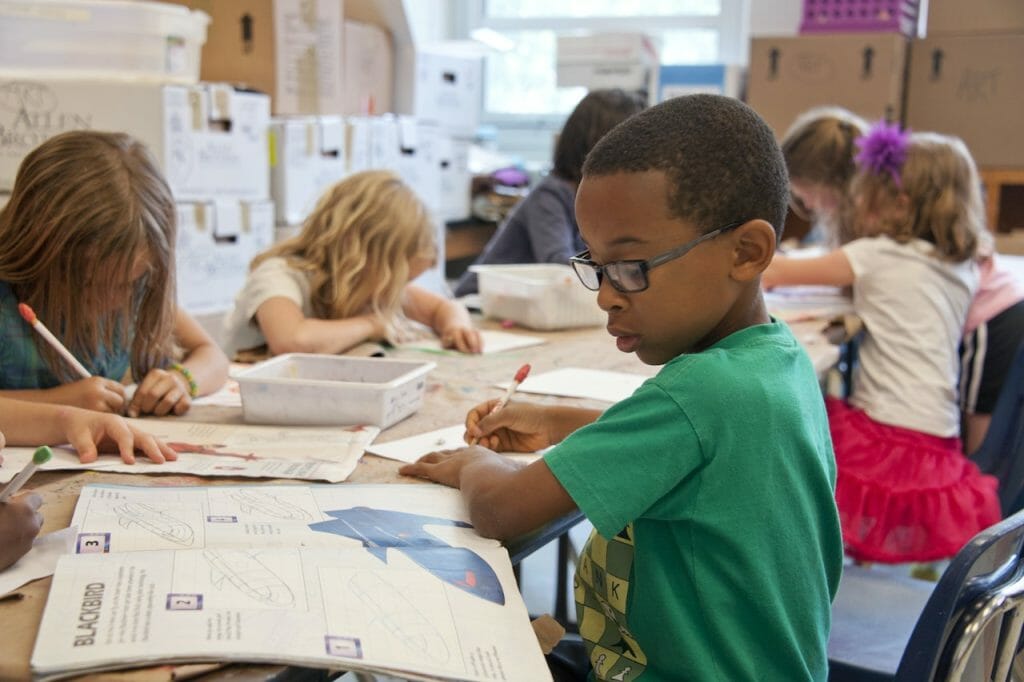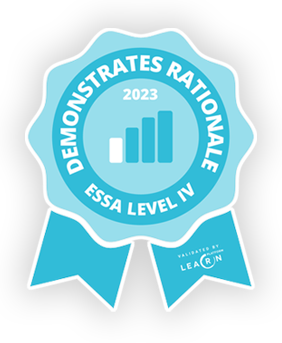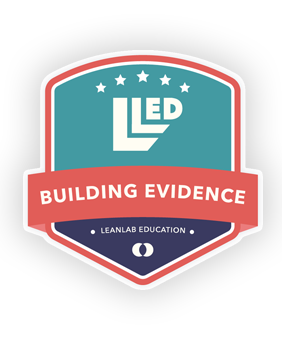In today’s educational landscape, teaching social emotional learning (SEL) has gained increasing recognition for its positive impact on students’ academic success and overall well-being. Integrating SEL into the classroom and lessons goes beyond traditional academic instruction, focusing on nurturing students’ social and emotional skills. By fostering self-awareness, empathy, responsible decision-making, and other essential competencies, educators can create an inclusive and supportive environment that empowers students to thrive academically and personally.
In this article, we’ll explore practical ways to incorporate SEL into your classroom and lessons, providing valuable insights and strategies to cultivate a holistic learning experience for your students.
Defining SEL
Social and Emotional Learning (SEL) is an educational approach that focuses on the development of essential social and emotional skills in individuals. It recognizes that academic success is not solely dependent on cognitive abilities but also on the ability to understand and manage emotions, navigate social interactions, and make responsible decisions. All this said, teaching social emotional learning aims to provide students with the tools and competencies necessary to thrive in both school and life.
SEL key competencies
Before we discuss how to incorporate SEL into the classroom, we need to cover the four key competencies of SEL. These include self-awareness, social awareness, decision-making, and self-management.
1. Self-awareness
Self-awareness is a key aspect of SEL, involving the understanding of one’s emotions, strengths, weaknesses, values, and beliefs. Thus, teaching social emotional skills with self-awareness enables individuals to assess their feelings and behaviors and recognize their impact on themselves and others. By being self-aware, individuals can manage emotions, make informed decisions, build meaningful relationships, and foster personal growth.
2. Social awareness
Social awareness in SEL involves empathy, understanding others’ perspectives, and recognizing their emotions and needs. It promotes compassion, respect, and a sense of responsibility. By teaching social emotional learning through social awareness, students build stronger relationships, resolve conflicts, and contribute to a positive environment.
3. Decision-making
Responsible decision-making in SEL involves considering well-being, evaluating consequences, applying moral principles, and considering multiple perspectives. It promotes ethical behavior, positive relationships, personal success, conflict resolution, and social impact.
4. Self-management
Self-management in SEL involves regulating emotions, controlling impulses, setting goals, managing time, and maintaining motivation. It enhances emotional well-being, decision-making, success, relationships, and resilience. Thus, teaching social emotional learning must include helping students with self-management skills to support their personal growth and achievement.
Incorporating SEL in classrooms
Teaching social emotional learning all year round is essential for maximizing its impact on students’ growth and well-being. While a one-time SEL lesson or activity may offer some short-term benefits, true transformation and lasting change occur through consistent and continuous practice. SEL is a lifelong journey that requires ongoing reinforcement and integration into daily classroom routines and interactions. This is because students need consistent opportunities to develop and strengthen their social and emotional skills, allowing them to navigate various challenges and thrive in all aspects of life. Additionally, by incorporating SEL consistently, you cultivate a sense of belonging and a safe space for students to express themselves authentically.
So let’s go over a few ways for how to implement social emotional learning in the classroom all year long.
Give students reflective writing assignments
Giving students reflective writing assignments is one of the most powerful SEL techniques. Reflective writing provides students with an opportunity to explore and express their thoughts, emotions, and experiences in a structured and introspective manner. By engaging in reflective writing, students develop self-awareness and emotional intelligence as they identify and process their feelings, perspectives, and growth. This practice encourages students to examine their thoughts and actions, fostering responsible decision-making and personal accountability.
Moreover, reflective writing promotes empathy as students gain a deeper understanding of themselves and others, enhancing their ability to empathize with different perspectives and experiences. By incorporating reflective writing assignments, educators create a space for students to engage in self-reflection, fostering a sense of introspection, personal growth, and a strong foundation for social and emotional development.
Have students do a self-check-in
Morning meetings, such as daily self-check-ins, provide a dedicated time for students to connect, share, and reflect on their emotions, experiences, and well-being. These meetings promote a sense of belonging and community, leading to positive relationships among students.
So what does teaching social emotional learning with self-check-ins look like? Well, during the check-in, students can express their feelings, both positive and negative, which encourages self-awareness and emotional regulation. This practice also nurtures empathy and active listening as students learn to respect and understand each other’s experiences. Morning meetings serve as a platform for problem-solving, conflict resolution, and collaborative decision-making, empowering students to develop responsible and respectful communication skills. By employing this SEL practice, educators build a strong classroom community that sets a positive tone for the day ahead.
Foster a supportive classroom environment
Fostering a supportive environment is a powerful way to integrate SEL into your classroom. When students feel safe, accepted, and supported, they are more likely to engage in meaningful learning experiences and develop their social and emotional competencies. Creating a supportive environment involves cultivating positive teacher-student relationships, promoting open communication, and emphasizing empathy and respect. Thus, it means that educators must celebrate individual differences, create inclusive classroom practices, and encourage collaboration and cooperation among students.
In this type of environment, students feel comfortable expressing their thoughts, emotions, and concerns, fostering self-awareness and emotional intelligence. And in turn, they develop stronger connections with their peers, promoting social awareness and empathy. By prioritizing a supportive classroom culture, educators lay the foundation for SEL, enabling students to thrive academically, emotionally, and socially.
Engage students in community service projects
By participating in volunteer activities and serving their communities, students develop empathy, compassion, and a sense of social responsibility. Community service provides opportunities for students to understand the needs and challenges of others, step into their shoes, and recognize the importance of making a positive impact. Through hands-on experiences, students can develop a deeper understanding of social issues, learn about diverse perspectives, and cultivate a sense of empathy towards individuals from different backgrounds.
Engaging in community service also nurtures compassion as students witness the impact of their actions on the lives of others and build meaningful connections. It promotes a sense of social responsibility, encouraging students to take an active role in addressing societal issues and working towards positive change. By participating in community service projects, students not only contribute to their communities but also develop valuable social and emotional skills that will benefit them throughout their lives.
Allow time for peer mediation
Teaching social emotional learning through peer mediation is highly effective as it provides students with an opportunity to develop crucial skills in conflict resolution, communication, and empathy. By allowing students to work through conflicts and disagreements with the guidance of trained peer mediators, they learn to express their thoughts and feelings assertively, actively listen to others, and find mutually beneficial solutions.
Peer mediation also empowers students to take ownership of their conflicts, promoting personal responsibility and self-advocacy. It also cultivates a sense of empathy and understanding as students learn to consider the perspectives and needs of others. By incorporating peer mediation, educators foster a positive and respectful classroom culture, where students develop critical social and emotional competencies that serve them well beyond the classroom walls.
Play some improv games
Playing improv games is one of the greatest social emotional learning strategies for teachers. Improv fosters creativity, collaboration, and adaptability. As a result, students will develop empathy, self-expression, and critical thinking skills. Additionally, improv games create a supportive and inclusive atmosphere, promoting social and emotional growth while building a strong classroom community.
Designate a corner for relaxation
Designating a corner for relaxation and providing a space for students to calm down is a fantastic way to implement social emotional learning techniques into your classroom. This designated area serves as a refuge for students to find solace and regain emotional equilibrium when feeling overwhelmed. By offering a dedicated space for relaxation, educators acknowledge the importance of emotional well-being.
A calming corner can be equipped with comfortable seating, soft lighting, tranquil visuals, and resources such as books or sensory items. Encouraging students to utilize this space promotes self-awareness and self-regulation as they learn to identify their emotions and take proactive steps to manage them effectively. It also reinforces the value of self-compassion and self-care, nurturing a positive relationship with oneself.
Leverage positive self-talk
Using positive self-talk is an effective way to implement SEL (Social Emotional Learning) in the classroom. It promotes self-confidence, resilience, and a growth mindset. So let’s talk about how to teach SEL with positive self-talk.
To teach students positive self-talk, introduce the concept and its impact on emotions and mindset. Then, help students identify negative thoughts and challenge them to reframe those thoughts with positive alternatives. Encourage the use of positive affirmations, model the practice, and provide activities for reinforcement.

Exploring the outcomes of teaching SEL
Now that you are aware of a few ways you can effectively incorporate SEL into your lessons, it’s time to discuss the positive results that SEL has on students.
Below you’ll find some of the beneficial outcomes of teaching social emotional learning in the classroom.
Less school violence
SEL teaching can lessen school violence by fostering empathy, emotional regulation, and positive relationships. Students learn to understand and manage emotions, make responsible choices, and resolve conflicts peacefully. This creates a compassionate and respectful school climate, reducing the likelihood of violence.
Boosted math and reading scores
Teaching social emotional learning leads to better math and reading scores by enhancing focus, engagement, and academic performance. It cultivates self-regulation, perseverance, and positive relationships, creating a supportive learning environment that boosts motivation and confidence. Improved social and emotional skills contribute to cognitive and emotional readiness for learning, resulting in enhanced academic outcomes.
A drop in bullying
Teaching SEL strategies may also cause a drop in bullying by promoting empathy, respect, and positive relationships. Students develop social and emotional skills that foster a more inclusive and supportive school climate. SEL equips students with conflict resolution and communication skills, reducing incidents of bullying and creating a safer environment.
Lower alcohol consumption
Implementing SEL strategies in the classroom leads to lower alcohol consumption by promoting self-awareness, responsible decision-making, and healthy coping strategies. Students develop the skills to recognize triggers, manage stress, regulate emotions, and make informed choices. SEL also fosters positive relationships and a sense of belonging, reducing social pressures related to alcohol.
Wrapping up
Teaching social emotional learning holds tremendous potential to transform the educational experience for students. By prioritizing social emotional learning practices, educators can equip students with vital skills that go beyond academics, empowering them to navigate challenges, build meaningful relationships, and make responsible decisions.
The practical strategies outlined in this article serve as a starting point for integrating SEL seamlessly into your teaching practices. Remember, fostering social and emotional competencies is an ongoing process that requires intention, patience, and collaboration.






